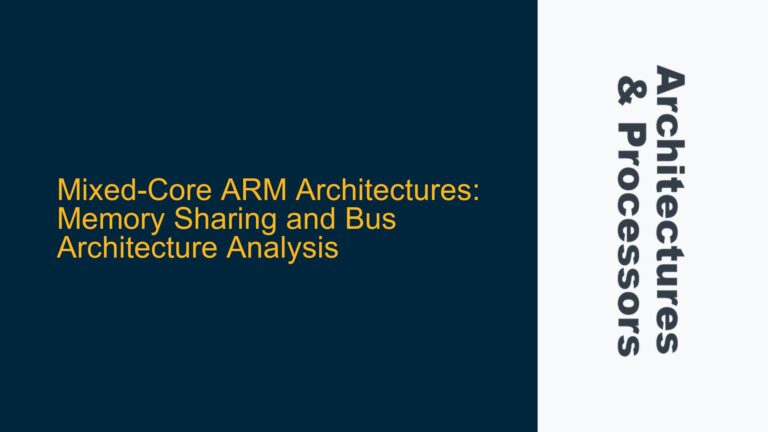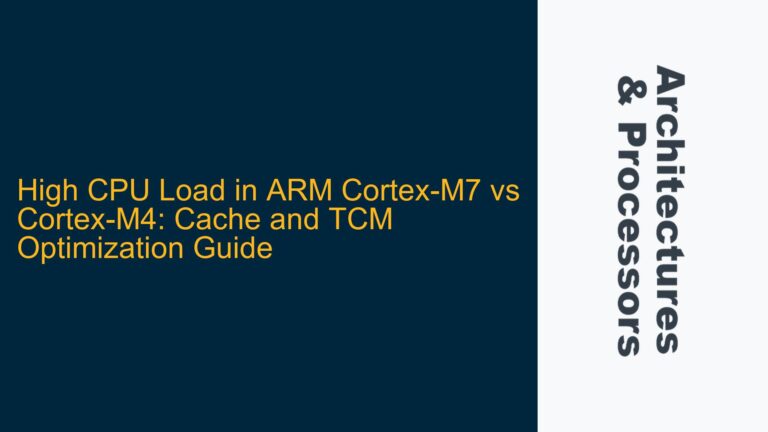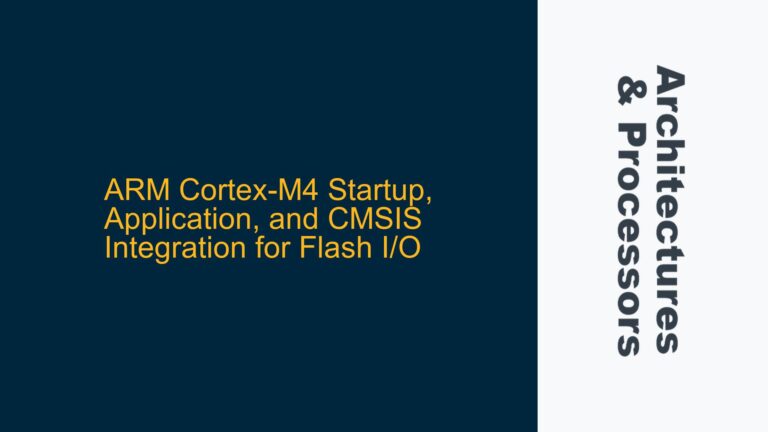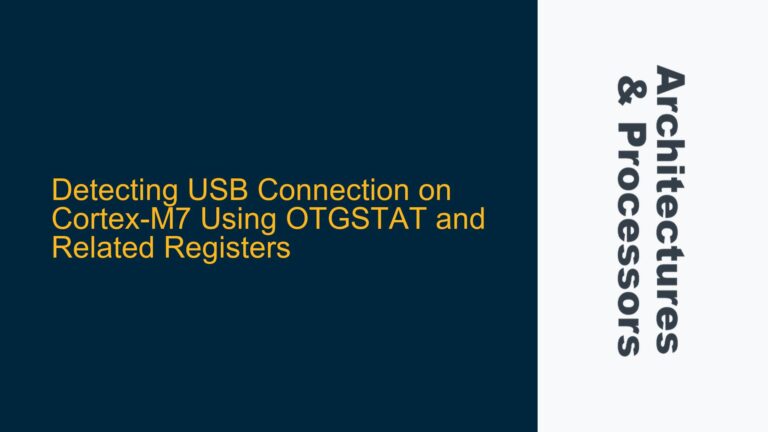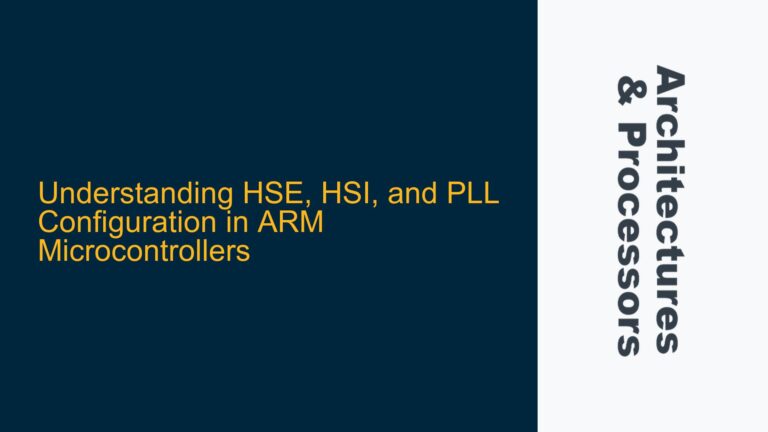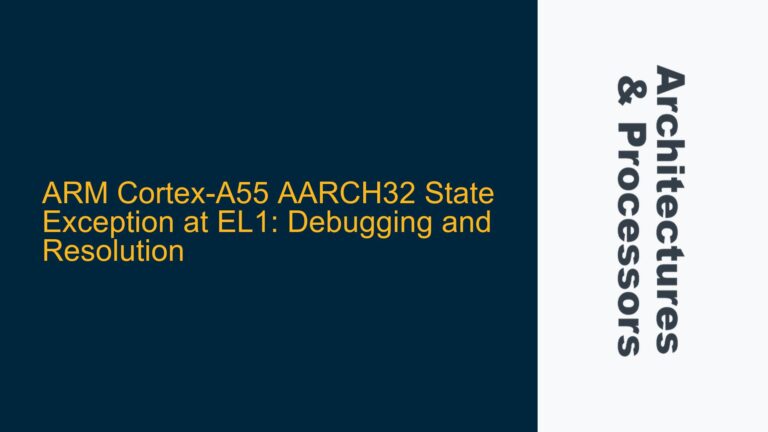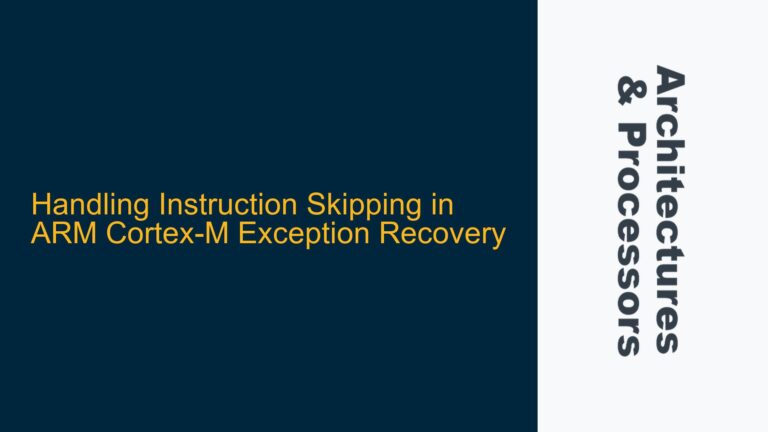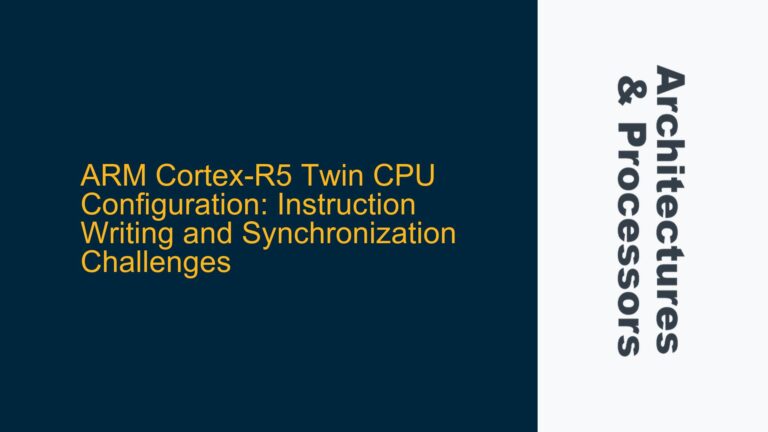Mixed-Core ARM Architectures: Memory Sharing and Bus Architecture Analysis
Heterogeneous ARM Core Memory Sharing and Bus Architecture In modern embedded systems, heterogeneous ARM architectures are increasingly common, combining cores with different instruction sets, performance profiles, and even operating systems. A prime example is the integration of Cortex-A (application) and Cortex-M (microcontroller) cores on the same chip, such as the STM32MP1 series or NXP i.MX…
